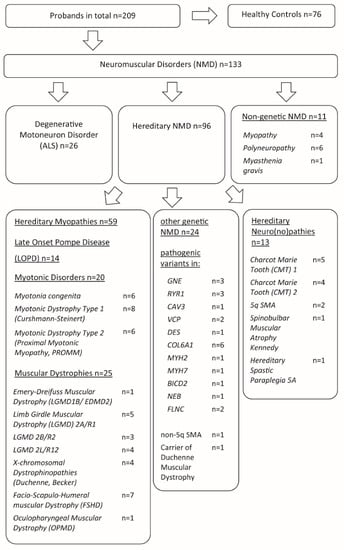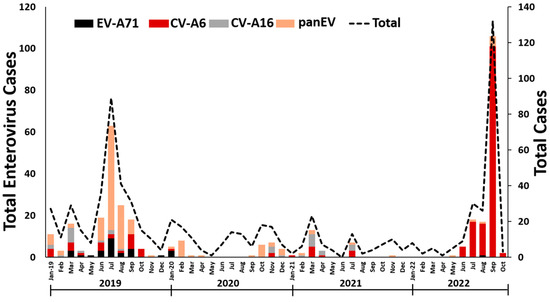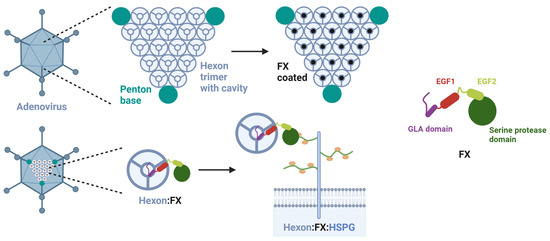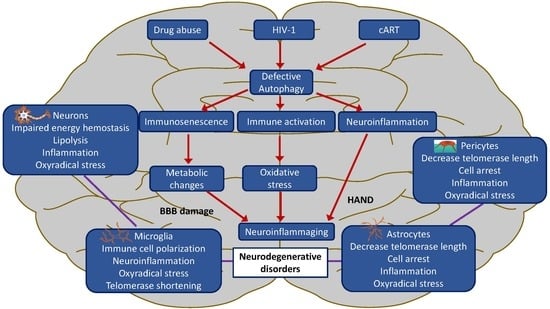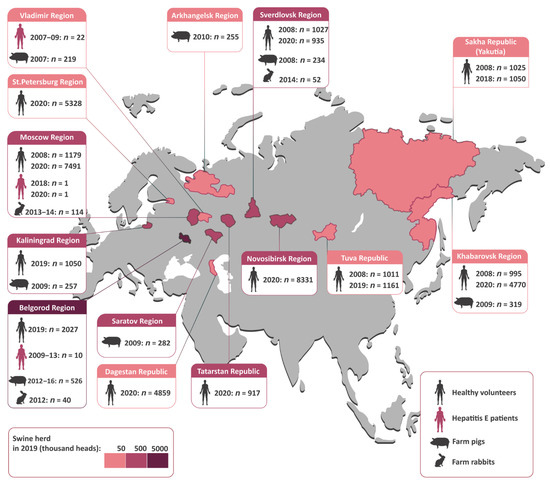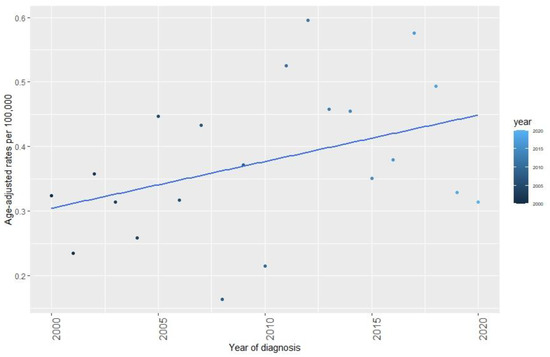Viruses 2023, 15(1), 87; https://doi.org/10.3390/v15010087 - 28 Dec 2022
Cited by 11 | Viewed by 2441
Abstract
The hepatitis A virus (HAV) is a highly hepatotropic virus transmitted mainly via the fecal–oral route. The purpose of this study is to describe a prolonged HAV outbreak in HIV-infected men who have sex with men (MSM) and pre-exposure prophylaxis (PrEP) users in
[...] Read more.
The hepatitis A virus (HAV) is a highly hepatotropic virus transmitted mainly via the fecal–oral route. The purpose of this study is to describe a prolonged HAV outbreak in HIV-infected men who have sex with men (MSM) and pre-exposure prophylaxis (PrEP) users in Croatia in 2022. Croatia has a centralized system of HIV care and the PrEP service is only available at the University Hospital for Infectious Diseases (UHID), Zagreb. We reviewed all MSM living with HIV and MSM PrEP users at UHID and identified those diagnosed with HAV between January and October 2022. During this period, a total of 1036 MSM living with HIV and 361 PrEP users were followed, and 45 (4.4%) and 32 (8.9%) were diagnosed with HAV, respectively. Most cases were diagnosed in mid-February. A total of 70.1% (726/1036) MSM living with HIV and 82.3% (297/361) PrEP users were susceptible to HAV. Sequencing information was available for 34 persons; in all cases the HAV subtype IA was found. Our findings indicate that both MSM living with HIV and HIV-uninfected PrEP users are vulnerable to HAV infection and might be a potential source for a more widespread HAV epidemic.
Full article
(This article belongs to the Section Human Virology and Viral Diseases)
►
Show Figures

